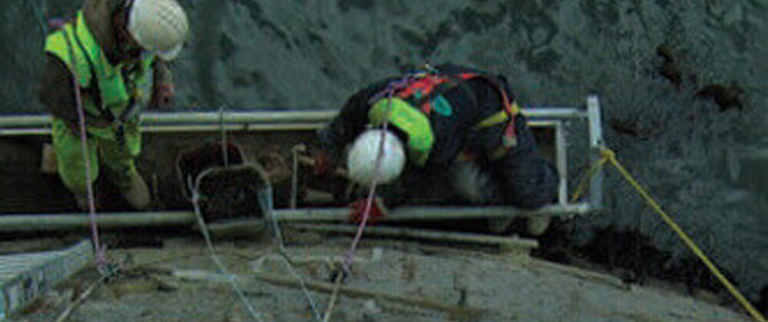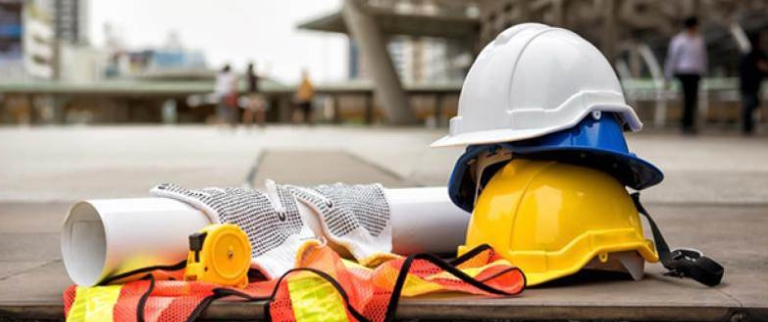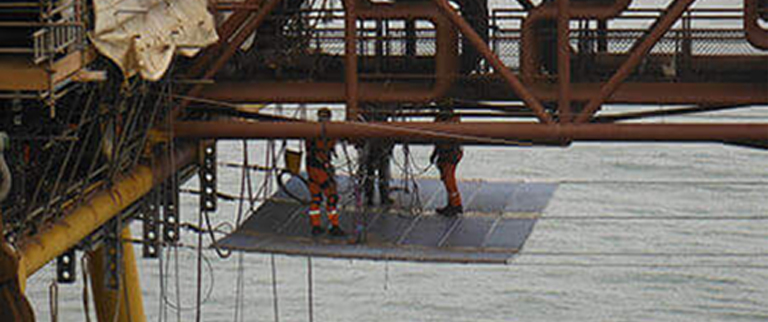
In the dynamic realm of structural engineering, efficiency and safety are paramount. Traditional methods may need to be revised when accessing heights and navigating complex structures. This is where WEB has designed and manufactured an innovative Mobile Access Platform (Map) with several unique features suitable for access to difficult work areas. WEB Map is especially applicable to bridge works. Reduced installation and dismantling times: WEB Map is faster to install and dismantle than scaffolding. Our clients have brought down costs dramatically by using WEB Map. Mobile Access Platforms (MAPs) step in, revolutionizing the way construction tasks are executed. This comprehensive guide delves into the significance of MAPs and how they enhance productivity and safety on the job site.
Understanding Mobile Access Platforms:
- Mobile Access Platforms (MAPs), or Mobile Elevated Work Platforms (MEWPs), are versatile structures that provide safe and efficient access to elevated areas in construction projects.
- These platforms come in various forms, including towers, ladders, and cantilever structures, each tailored to suit specific project requirements.
Maps can be powered or manually operated, offering flexibility and adaptability to diverse worksites.
Advantages of Mobile Access Platforms:
Enhanced Mobility:
- Maps enable easy manoeuvrability around the job site, allowing workers to access different areas swiftly and efficiently.
- This mobility reduces the need for constant dismantling and reassembly of scaffolding, saving valuable time and resources.
Improved Safety:
- With built-in safety features such as guardrails and harness attachment points, MAPs provide a secure working environment at heights.
- Workers can confidently perform tasks, minimizing the risk of falls and other accidents commonly associated with traditional access methods.
Increased Productivity:
- By streamlining access to elevated work areas, MAPs facilitate smoother workflow and faster completion of tasks.
- Workers can focus on their duties without the constraints and delays often encountered with conventional access solutions.
Applications of Mobile Access Platforms:
- MAPs find extensive use across a spectrum of structural engineering projects, including:
- Building construction and maintenance
- Bridge inspection and maintenance
- Industrial plant maintenance
- Telecom tower installation and maintenance
- Window cleaning for high-rise buildings
Choosing the Right Mobile Access Platform:
- Considerations such as height requirements, terrain conditions, and specific project needs are crucial in selecting the appropriate MAP.
- Evaluate platform capacity, outreach capabilities, and manoeuvrability to ensure optimal performance and safety.
Hiring vs. Buying Mobile Access Equipment:
- Depending on the frequency and duration of use, hiring mobile access equipment rather than purchasing it outright may be more cost-effective.
- Hiring offers the flexibility to access the latest equipment models without the burden of ownership costs, maintenance, and storage.
Conclusion:
In the fast-paced world of structural engineering, Mobile Access Platforms emerge as indispensable tools for enhancing productivity and safety. By investing in MAPs, construction companies can elevate their operations to new heights, ensuring efficient project execution and safeguarding the well-being of their workforce. Whether accessing towering structures or navigating challenging terrain, MAPs stand as reliable allies in pursuing excellence in construction.
By embracing the versatility and efficiency of Mobile Access Platforms, structural engineering professionals can confidently conquer heights, knowing they have the support of cutting-edge technology and industry-leading safety standards.



